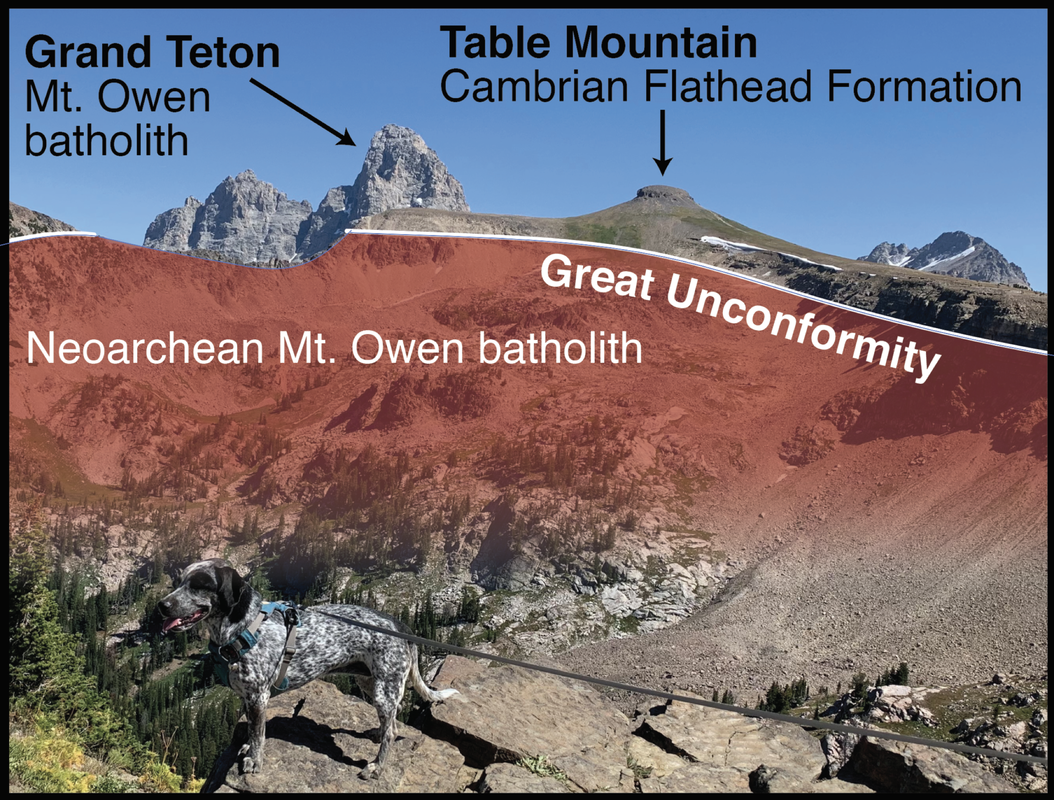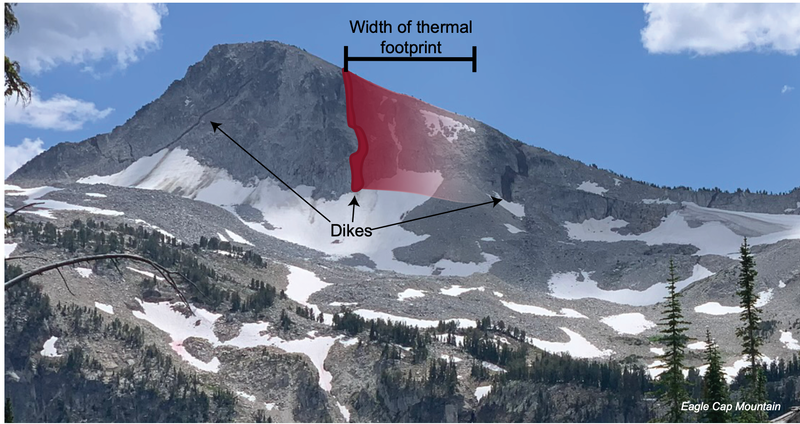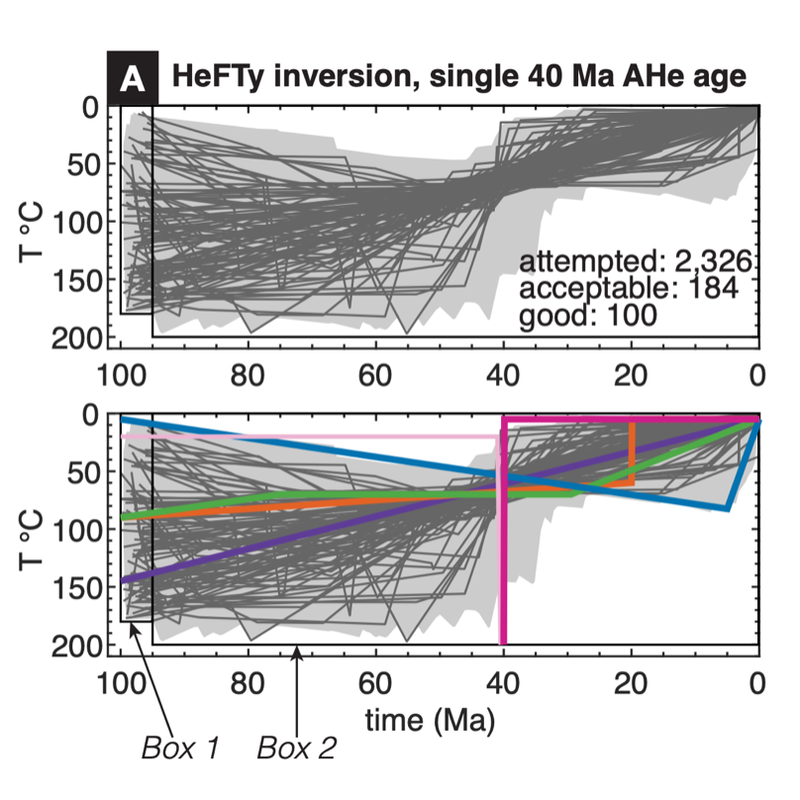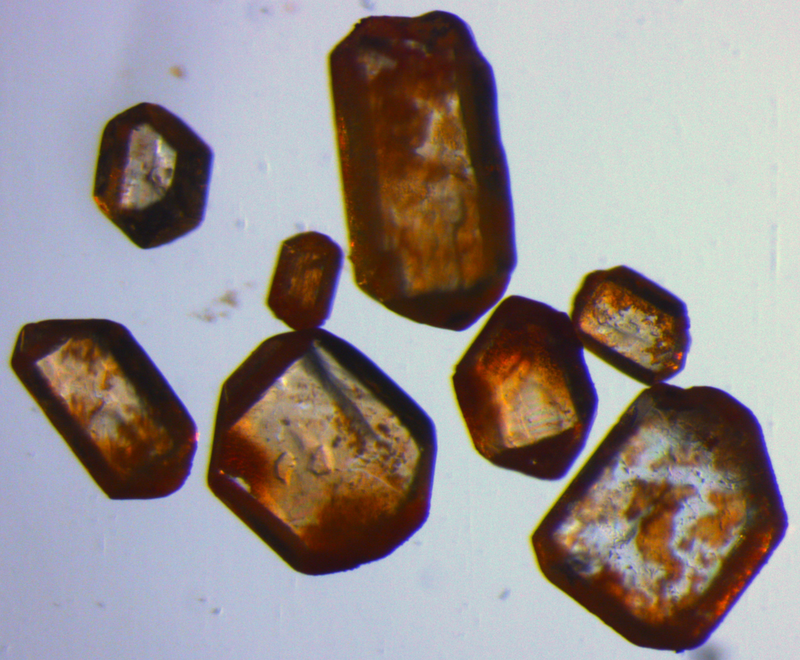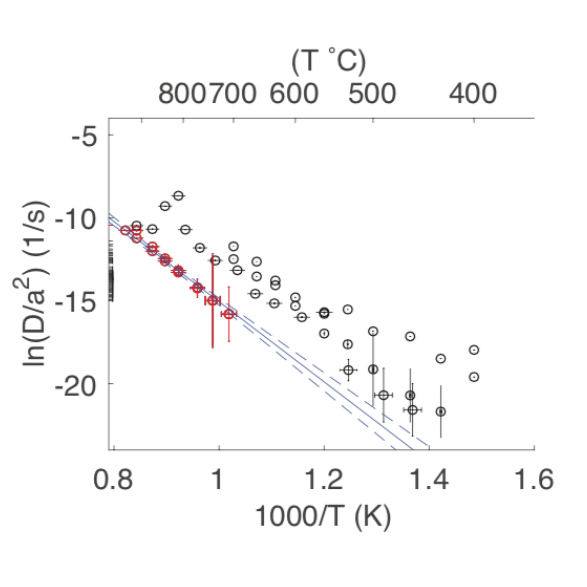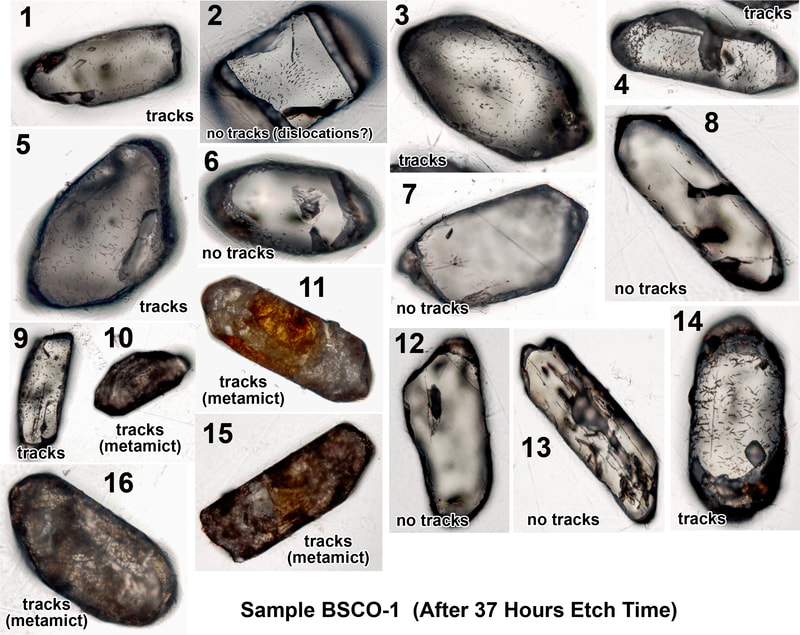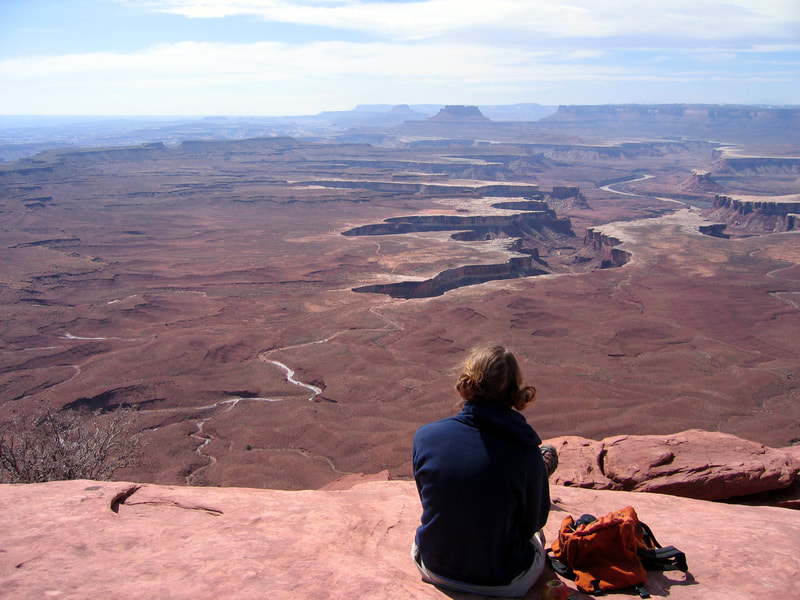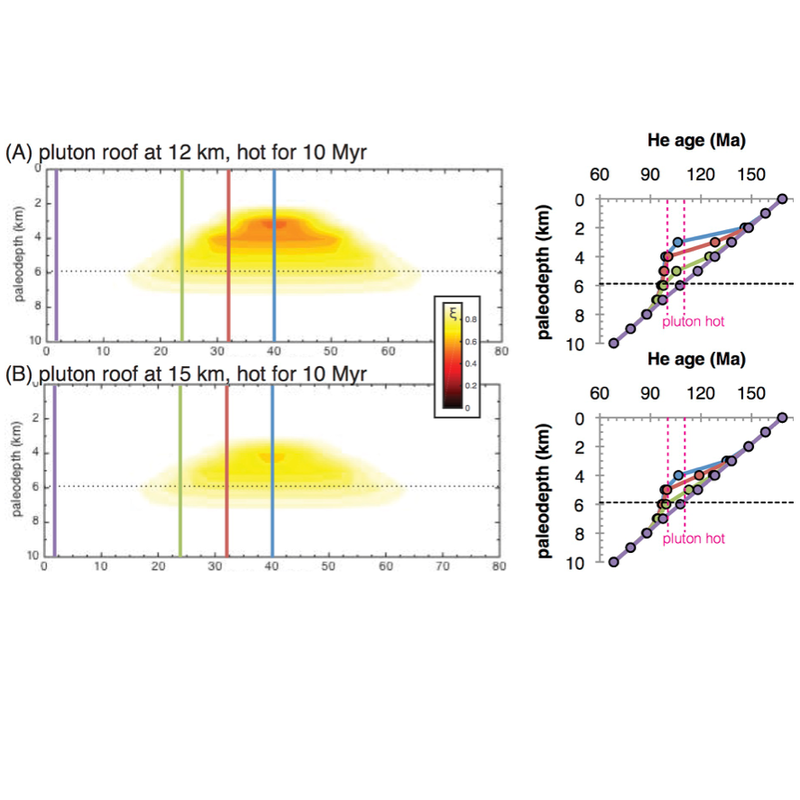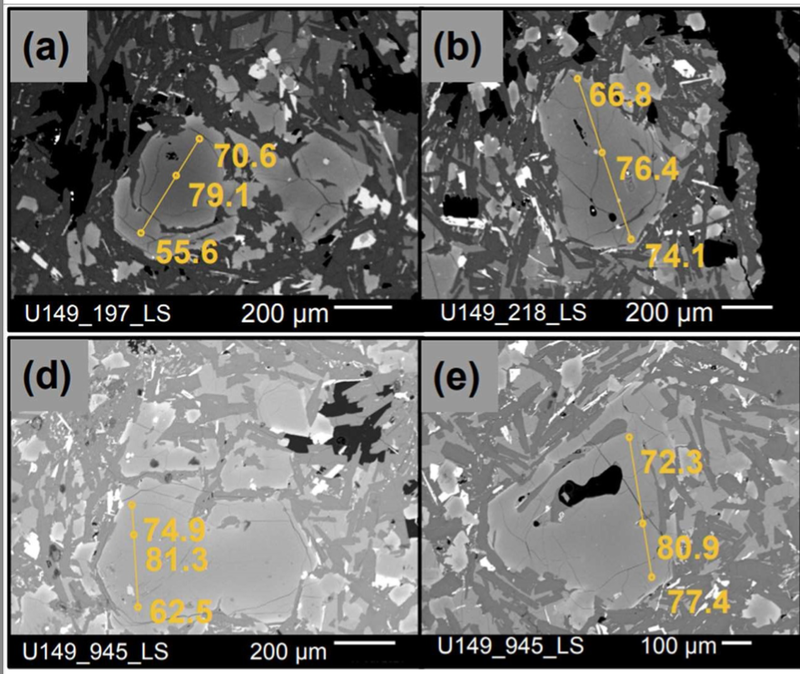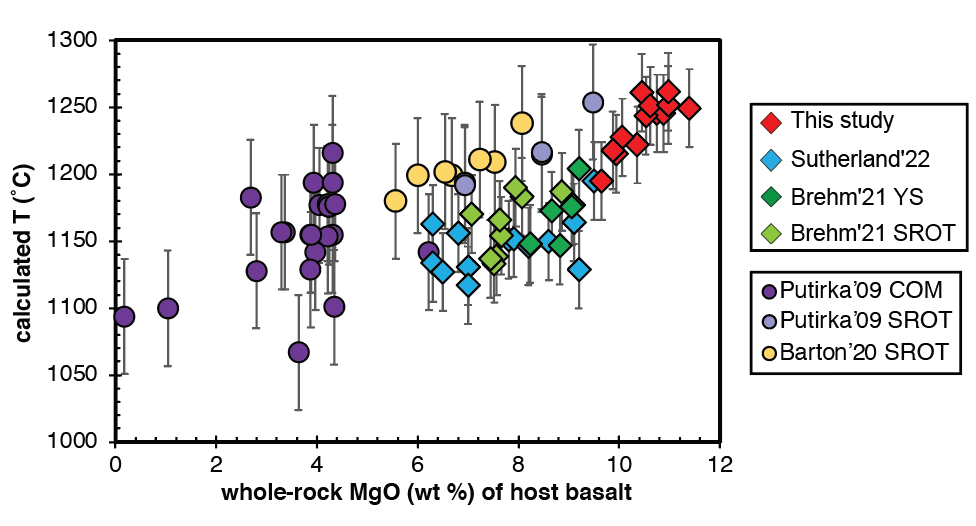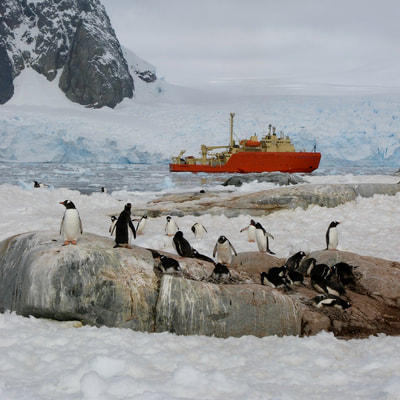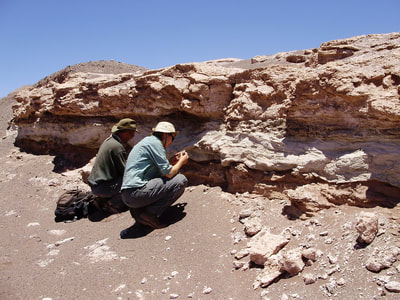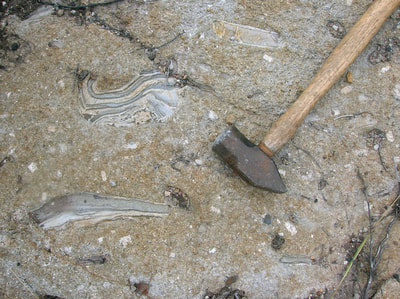I am a geochemist interested in the processes that drive crustal evolution, mountain building, and landscape change. |
My group tackles research questions using Thermochronology and Igneous Petrology.
We also investigate circumstances in which these two disciplines overlap.
We also investigate circumstances in which these two disciplines overlap.
ThermochronologyLow-temperature thermochronology (T ≈ 40–300 ˚C) is my primary research tool because it is applicable to a wide range of interesting problems in the Earth sciences.
|
|
Other thermochronology projects, past and present:
Igneous PetrologyMy current research investigates the petrogenesis of the young olivine tholeiites erupted on the Eastern Snake River Plain. These basalts also host the Snake River Plain Aquifer, and this active volcanic field presents volcanic hazards to the Idaho National Lab.
I'm working with Dr. Xiaofei Pu to apply olivine-melt thermometers and hygrometers in this region. |
